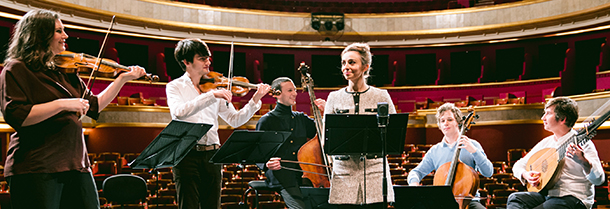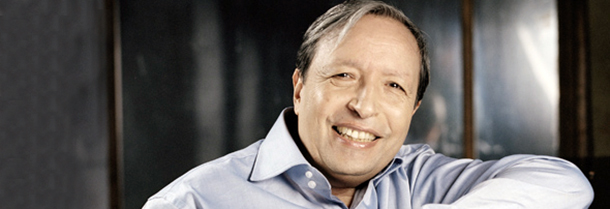Tag: Baroque music
-

-

PROGRAM NOTES: MURRAY PERAHIA
Johann Sebastian Bach French Suite No. 6 in E Major BWV 817 The spirit of the dance can be felt across a wide range of Bach’s works, from the fugues of the Well-Tempered Clavier to the Mass in B minor. For Bach lovers with toes eager to tap, then, an entire suite of dance pieces…

